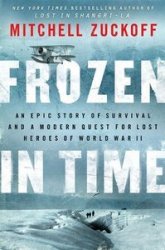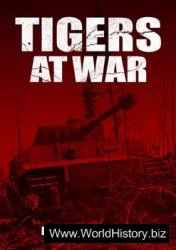This chapter has necessarily been focused upon the role of horses in Celtic warfare. These were the animals which were directly concerned with fighting, in cavalry and chariot units. But there were symbolic ways also in which beasts were associated with war. Such creatures as geese, ravens and, in particular, boars were linked with weapons and with warriors because of their aggressive traits which evoked the idea of conflict and combat (chapter 6).
Diodorus Siculus refers to the wearing of horned or animal-crested helmets by the Celts.130 This increased the men's stature and made them appear more fearsome to the enemy. Such helmets are known archaeologically: a superb horned helmet comes from the river Thames at Waterloo Bridge (figure 4.16); and one of the panels of the Gundestrup Cauldron (figure 4.5) depicts soldiers wearing boar - and bird-crested helmets.131 A goose surmounts the helmet of an Iron Age goddess depicted by a bronze figurine at Dineault in Brittany.132 The third - or second-century BC helmet from Ciumesti in Romania (figure 4.17) bears the figure of a raven on the top.133 This piece is especially interesting because the wings are hinged so that when its wearer ran
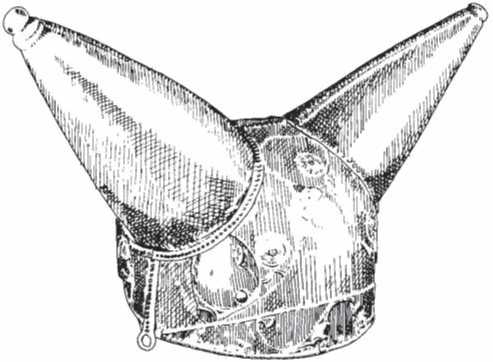
Figure 4.16 Bronze horned helmet with enamel inlay, first century BC, from the river Thames at Waterloo, London. Width between horns: 42.5cm. Paul Jenkins.
Towards the enemy, the raven's wings would flap up and down in a realistic and unnerving manner. The war symbolism of birds is interesting. The goose evoked concepts of aggression and alertness and was thus an appropriate image of war. Indeed, the bones of geese are found in the graves of eastern European Celtic warriors.134 But the raven or crow was the bird of battle par excellence. These birds are cruel - hence the collective term 'an unkindness of ravens' - and scavenge on dead flesh, so they symbolize both the pitilessness and the carnage of war. The association of ravens with combat and destruction is found above all in the vernacular tales of Ireland, where the goddesses of war, the Morrigna and the Badbh, could change at whim from human to raven form, squawking dreadful omens and terrifying armies by their presence. 'Badbh Catha' actually means 'Battle Crow'. Sometimes these women appear as old hags hunched in black rags and so take on the semi-guise of carrion birds while retaining their human form. One of the perceived characteristics of ravens was their ability to prophesy the future, especially the outcome of battles: the armies to whom the war-goddesses appeared as birds took their presence as a prediction that they would be defeated. When the Ulster hero Cu Chulainn is finally killed, he has such a fearsome reputation that it is not until one of the raven-goddesses alights on his shoulder that his enemies believe he is dead and dare to approach and behead him.
There is an interesting raven story from antiquity concerning a battle between the Celts and the Romans under Valerius Corvus, in which a
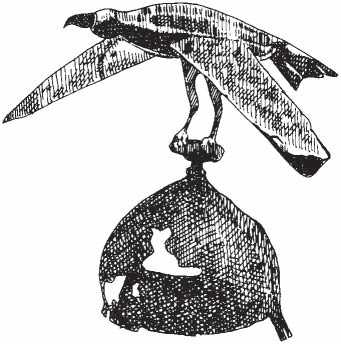
Figure 4.17 Iron helmet with bronze crest in the form of a raven with hinged wings, third to second century BC, Ciumesti, Romania. Height: 25cm.
Paul Jenkins.
Crow or raven, sacred to the Celts, attacked the adversary of Valerius and pecked out his eyes: the Roman general thenceforth took the cognomen of 'Corvus' (Crow). A curious depiction on an Etruscan pot at Citta della Pierce consists of an image of a Celtic warrior, a raven pecking at his eye.135
Boars are perhaps the most immediate symbols of war. They are aggressive, indomitable and awesome creatures at bay, strong, fearless and destructive: the Celts therefore adopted them as battle emblems, placing them as motifs on weapons and armour (see chapter 6). A warrior at Somme-Bionne (Marne) was buried with his chariot and food, which comprised not only the usual pieces of pork (from domestic pigs) but also joints of wild boar, which is an unusual culinary find (chapters 2, 3). As images on war gear, boars would have acted as apotropaic signs, to protect the warriors and ward off blows. Thus the boar appears on Iron Age sword-stamps;136 and on the shield from the river Witham in Lincolnshire (figure 4.18) there was the image of a schematized boar, with a pronounced snout and long legs.137 A boar-crested helmet (figure 4.19) both protected the wearer and made him frightening to look at. Nearly all these war emblems of boars share the feature of an exaggerated dorsal ridge, standing up stiffly erect from the creature's back. This recalls the Irish story of Diarmaid's fosterbrother, who is an enchanted boar, and whose poisoned spines stand out like spears (chapter 7). The stress on the dorsal bristles in
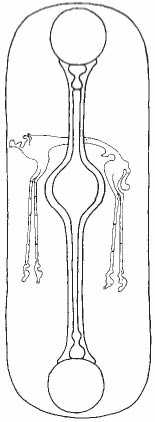
Figure 4.18 Bronze shield originally bearing boar motif, and with its outline still visible, second century BC, river Witham, Lincolnshire. Miranda Green.
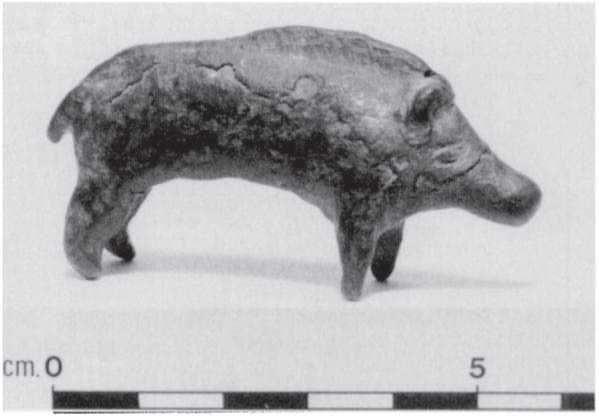
Figure 4.19 Bronze helmet-crest in the form of a boar, Gaer Fawr, Powys. By courtesy of the National Museum of Wales.
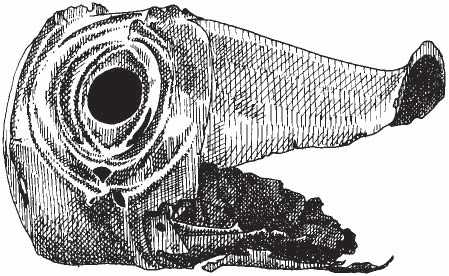
Figure 4.20 Bronze carnyx (trumpet) mouth in the form of a boar's head, first century AD, Deskford, Grampian, Scotland. Length: 21.5cm. Paul Jenkins.
Iron Age art is a way of expressing the ferocity of an angry boar and thus, by implication, of the warrior himself.
Celtic battles were noisy, terrifying affairs, with neighing horses, rumbling chariots, shouts, screams of pain and rage, and clashing weapons. But added to this was the clamour of the carnyx, the Celtic trumpet, whose mouth was in the form of the head of a boar or, more rarely, a wolf.138 These carnyxes are depicted on the Gundestrup Cauldron;139 sometimes the actual trumpets have been found. A bronze example of the mid-first century AD comes from Deskford (Grampian) in Scotland (figure 4.20): it has a snarling, open mouth containing a pig's palate and an articulated wooden tongue140 which would vibrate when blown and which no doubt made a ghastly braying shriek, contributing to the din, confusion and sheer terror of the battlefield.




 World History
World History


